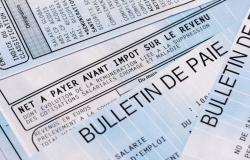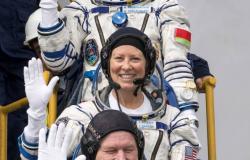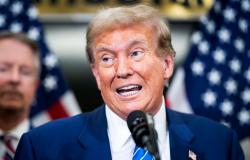“What a great place, it’s great to be back here,” said smiling NASA astronaut Butch Wilmore, this is his third stay on the Space Station (ISS), as is his colleague Suni Williams. This first crewed mission for Starliner represents a major challenge for the aeronautical giant and NASA. It aims to demonstrate that the vehicle is safe to begin regular operations.
Ten years ago, the American space agency ordered two new vehicles from American companies Boeing and SpaceX to transport its astronauts to the ISS. If SpaceX has already been playing this role of space taxi for four years, Boeing’s program is years behind schedule.
“When Starliner is certified, the United States will have two systems for transporting humans to the ISS, and no other country has that,” recalled Jim Free, associate administrator at NASA. After taking off from Florida the day before, the spacecraft slowly approached the ISS on Thursday, about 400 km above Earth. Docking took place at 5:34 p.m. GMT, approximately one hour and twenty minutes later than initially planned.
Problems with the ship’s thrusters, used to make small trajectory adjustments, delayed the final approach. Five of these small thrusters, out of 28 in total, failed at some point, NASA explained. But four were eventually put back into operation, providing the number needed for the operation.
These propellant problems “should not be a concern […] for the other phases of the mission,” Steve Stich, a senior NASA official, said at a press conference.
The spacecraft’s hatch was opened about two hours after docking, allowing astronauts Butch Wilmore, 61, and Suni Williams, 58, to be greeted by the seven other people already aboard the flying laboratory — astronauts of NASA and Russian cosmonauts.
The two Boeing passengers must spend a little over a week in the ISS, before returning to Earth, still aboard Starliner.
Leaks
But another problem arose in flight: during the night from Wednesday to Thursday, NASA announced that two new helium leaks, in addition to one previously known, had been detected on the spacecraft. Then on Thursday, an additional leak was identified, Steve Stich announced.
These four leaks and the problem with the thrusters “are not at all linked”, he clarified. One of the leaks had been identified before takeoff, but it was then decided not to repair it, because after analysis, NASA had described it as “small” and considered that it did not represent a danger.
Helium is not a flammable gas, but it is used in the ship’s propulsion system. With the appearance of three more, “we have to look at what that means for the rest of the flight,” Steve Stich said. “We should have plenty of margin” in terms of the amount of helium on board, he added.
No helium is currently being released into space, the system having been closed since docking. The exact cause of the two problems encountered – leaks and propellants – has not yet been identified, but these problems were described as “small” by Mark Nappi, manager at Boeing. “We will resolve them for the next mission,” he promised.
Manual piloting
The empty spacecraft had already reached the ISS once in 2022, but this is the first time it has carried astronauts. Butch Wilmore and Suni Williams have been training for several years for this mission.
A few hours after takeoff, they temporarily piloted the spacecraft manually to test its proper functioning. “The precision is truly incredible,” Butch Wilmore said in a recording relayed by Boeing on Wednesday. “Even more than in the simulator. » “It’s just an extraordinary ship,” he added.






